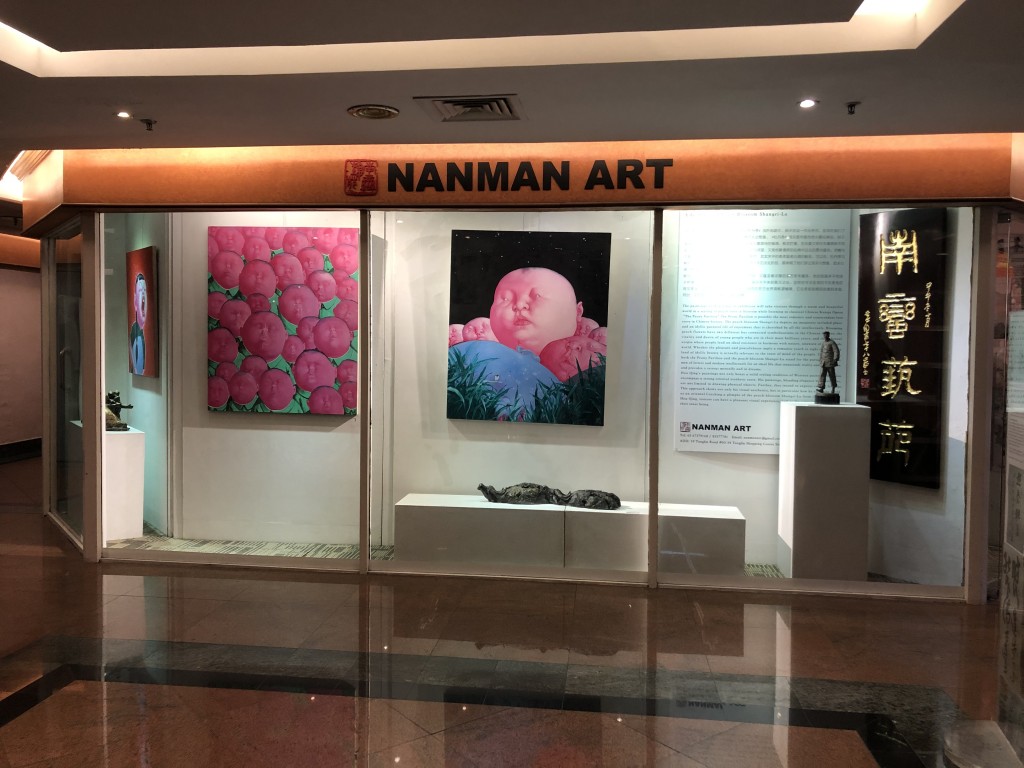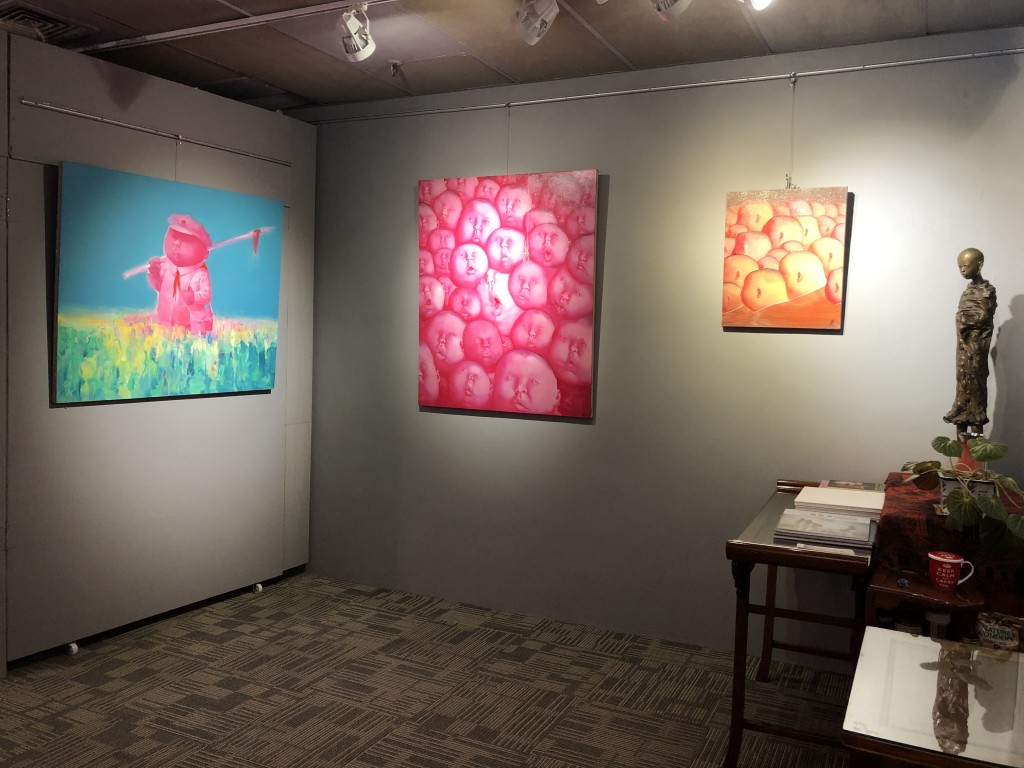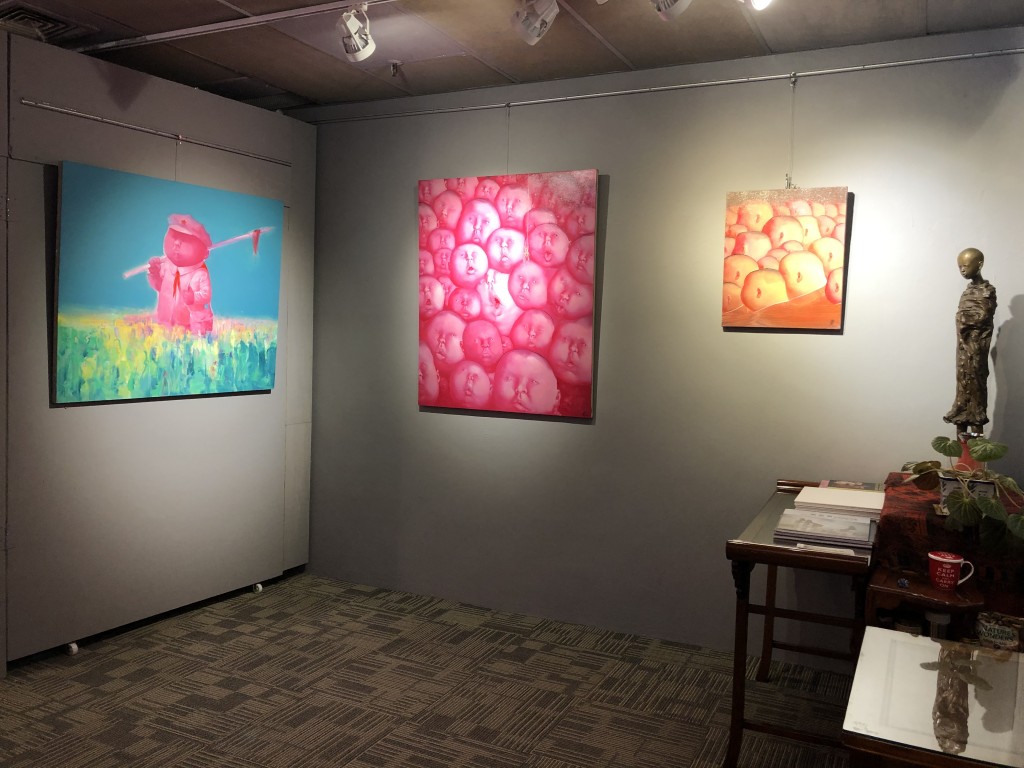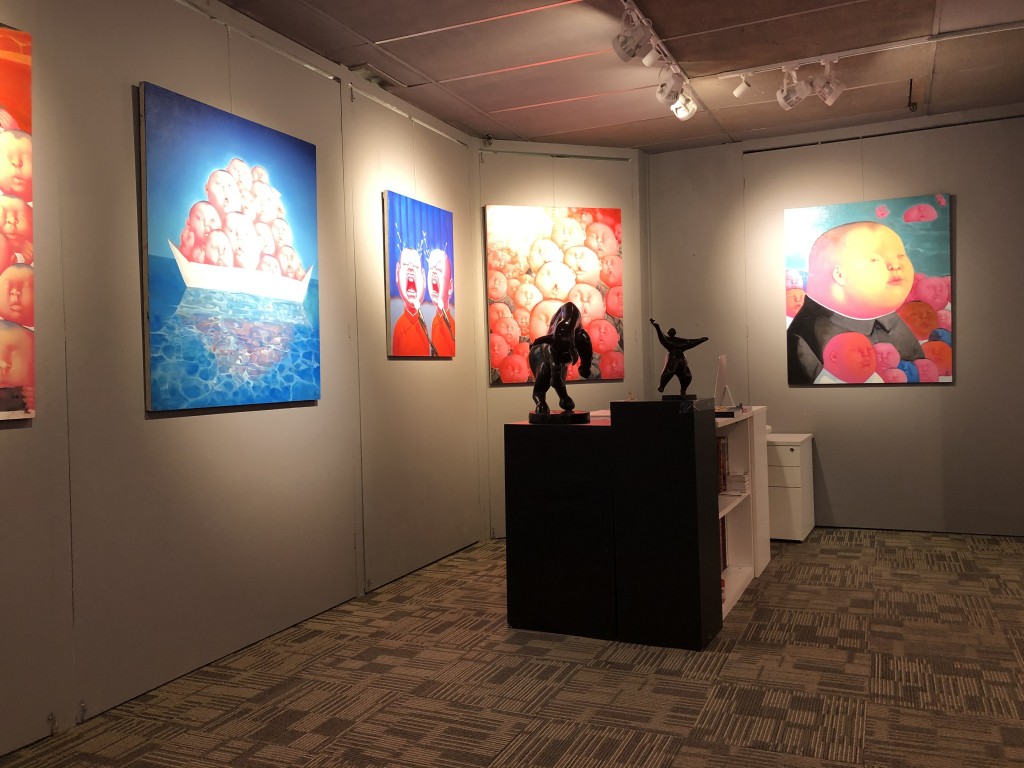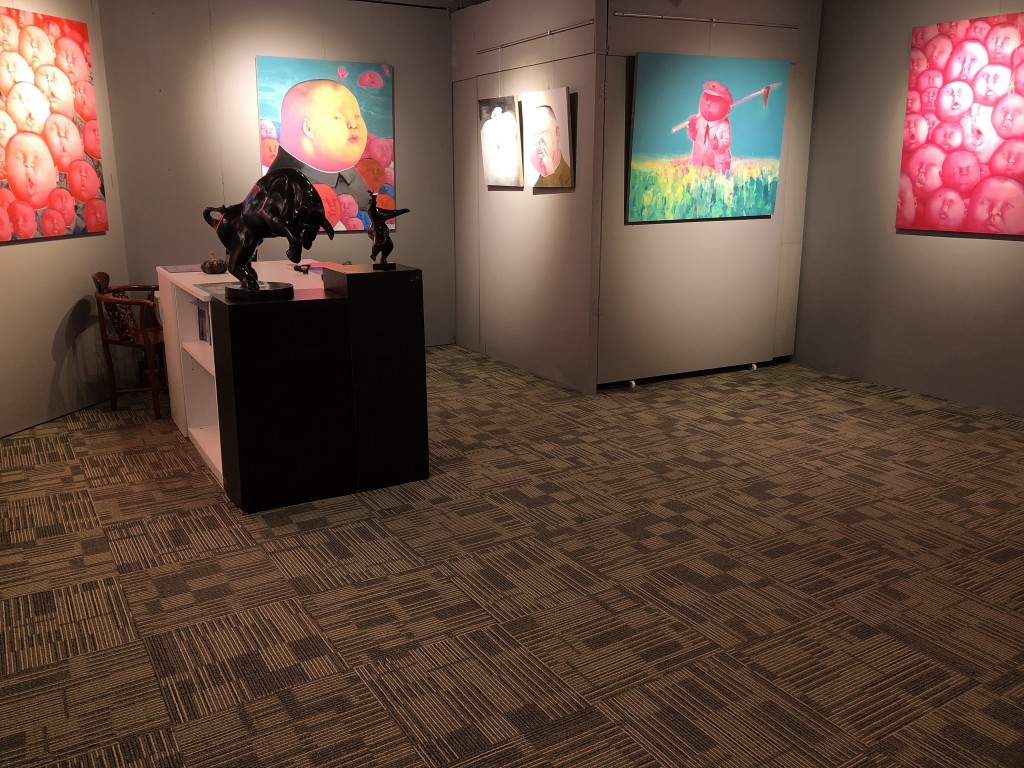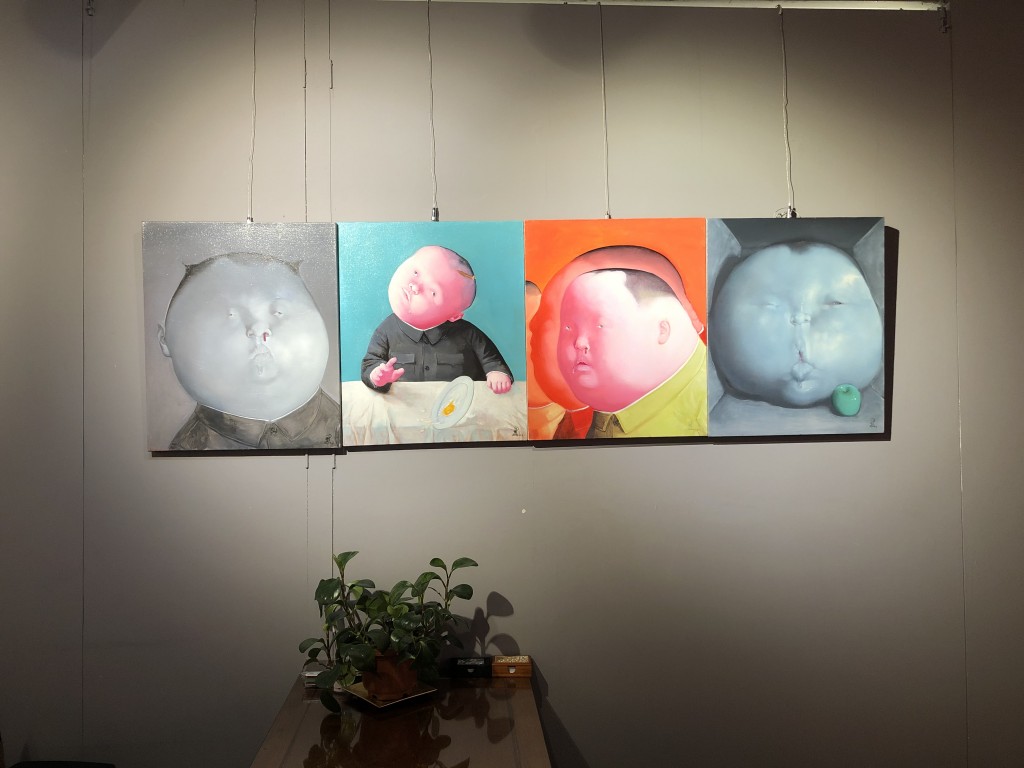Chinese Baby 2020 – Yin Kun Art Exhibition 22 Feb to 22 Mar 2020
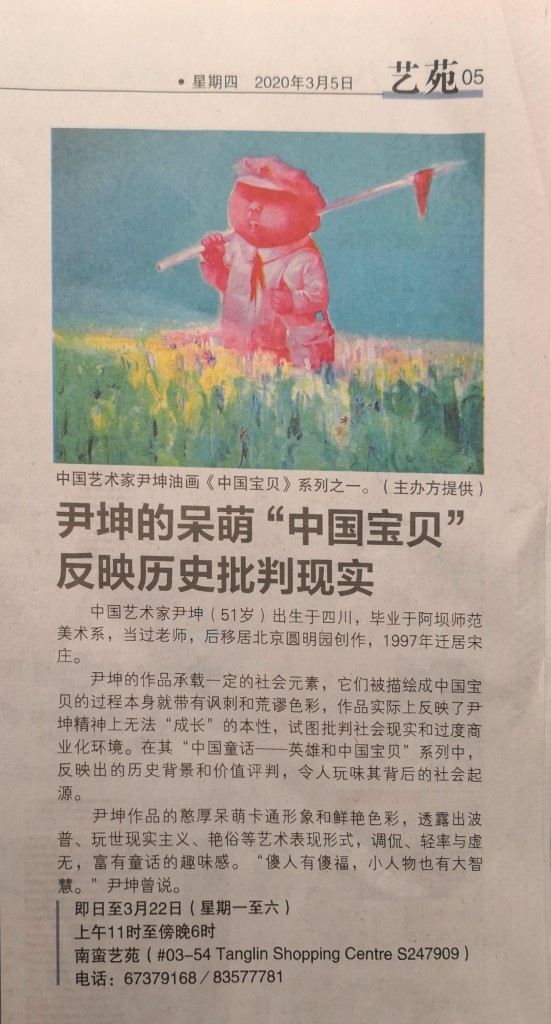
Press Report – Zaobao 联合早报 (艺苑)5/3/20
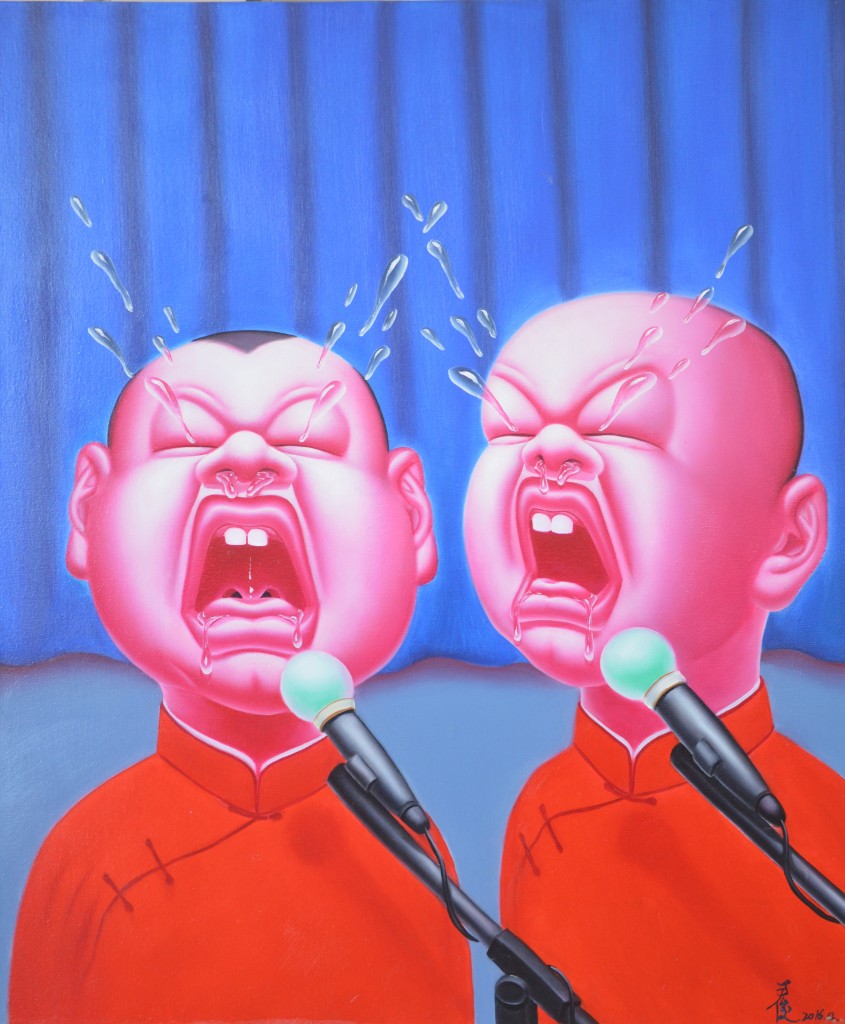
Crybaby 2016 90x75cm Oil on canvas
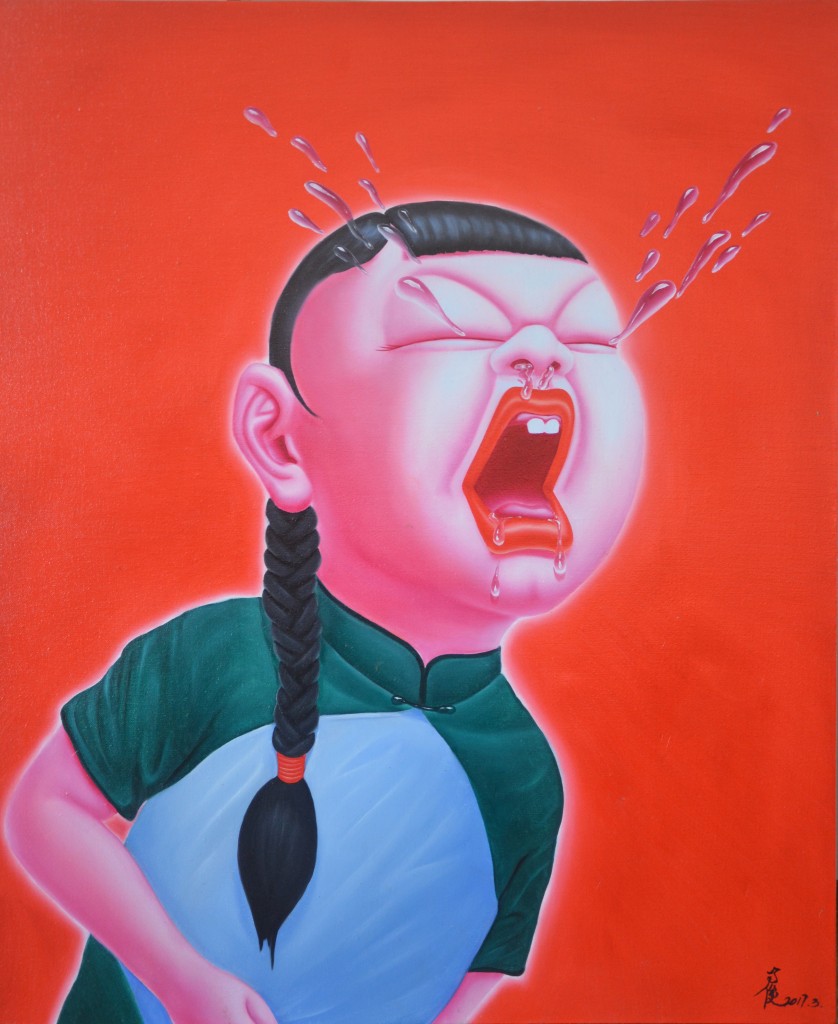
Crybaby 2016 90x75cm Oil on canvas
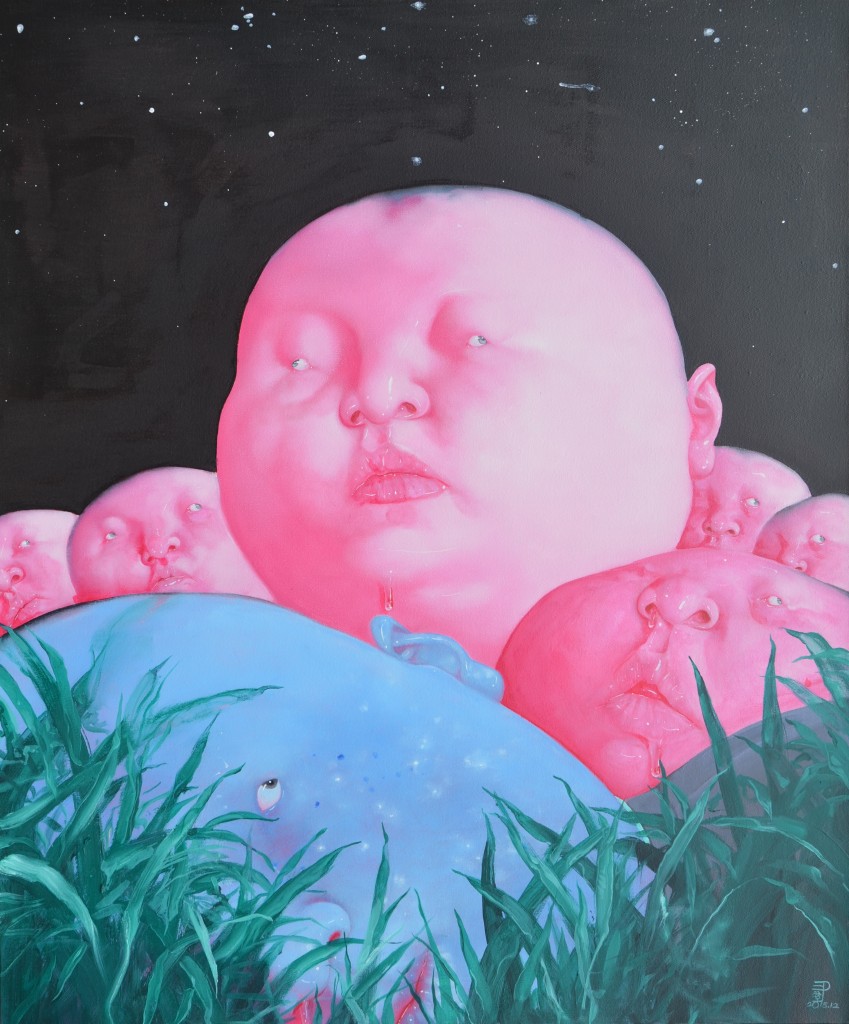
Chinababy 2016 120x100cm Oil on canvas
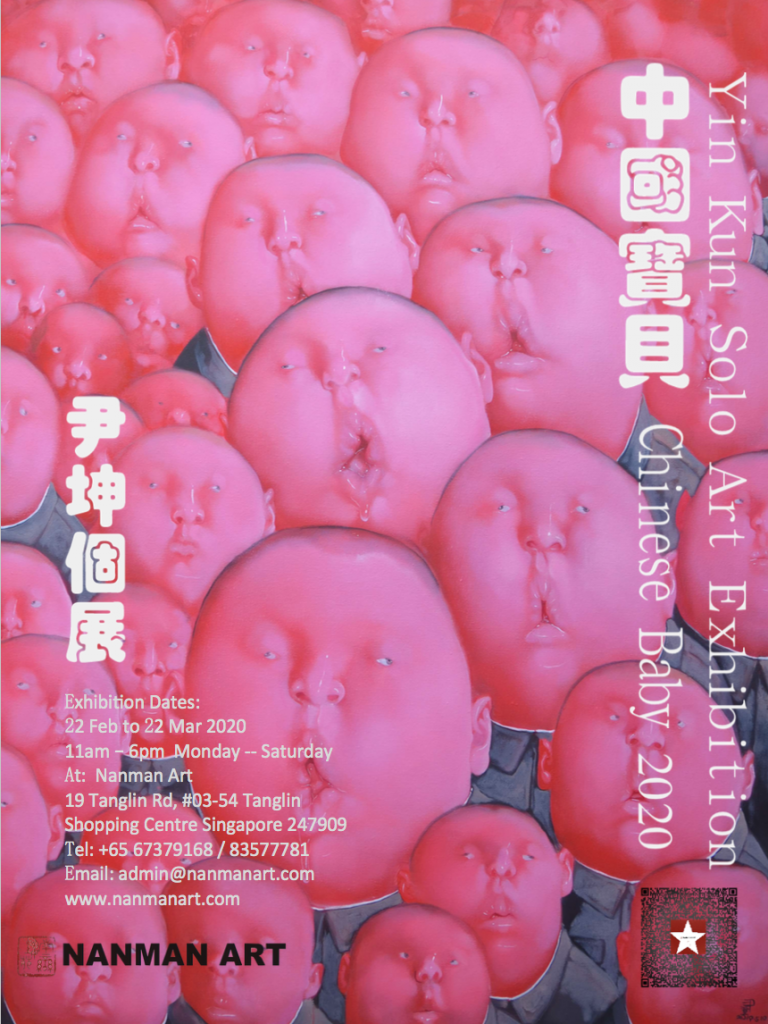
============
https://sagg.info/event/china-baby-2020-yin-kun-art-exhibition/
============
Yin Kun
1969 Born in Sichuan Province, China
1992 Graduated from the Fine Arts Department of the ABA Teacher’s College, China
Currently lives and works in Beijing
Solo Exhibitions:
2014 yinkun solo exhibition Shang Hai
2008 chinese hero artseason gallery Soul Korea
2008 chinese hero Willem Kerseboom Gallery, Amsterdam, The Netherlands
2007 chinese hero Art Seasons, Singapore
2006 Chinese Baby, Art Seasons, Jakarta, Indononesia
Chinese Fairy Tales, Willem Kerseboom Gallery, Bergen, The Netherlands
2005 Lonely Skin,Willem Kerseboom Gallery, Bergen, The Netherlands
A Decade’s Journey, Art Seasons, Singapore
2004 Yin Kun – 10 Years Journey, China Art Seasons, Beijing, China
2002 Self-love, Wan Fung Gallery, Beijing, China
============================
The background of Yin Kun’s life experiences seems typical of most young artists in China: graduation from a nameless Normal University in a small remote city; toiling alone in the friendless and alien Beijing; and at the most difficult time in his career and life, battered by love… under these circumstances, most people would have chosen to return to their hometown and to look for a more stable career. This somehow reflects the flowing characters of the artists. However, achievement mostly favors those who are persistent and persevering in their pursuit. Yin Kun belongs to the latter category in that perseverance resulted in his success.
In the first five to six years after his advent in Beijing, Yin Kun was like a piece of sponge, absorbing new knowledge through his broad-minded studies and experimenting with as many styles as he had come into contact with. This resulted in the numerous and jumbled techniques as shown in his earlier works. Only through this process did he complete the accumulation of both skills and knowledge and with difficulty was he looking for a technique befitting his personal development.
When I first got to know Yin Kun, he was doing a series of works with bubbles as their motif, which were tender and sensitive in nature but were crammed together and isolated… that authentically was a barometer of the state he was in at the moment. That was when most of the artists were experiencing the hardest time of their lives. Seen now, Yin Kun’s artistic endeavors were mixed with some remorseful meaning although they tried to bring the artist to his realistic state.
After that, the works of Yin Kun started bearing elements of society and were no longer merely some kind of representation of his own survival.
In this phase, there appeared in the works of Yin Kun images of fashionable adolescents living in metropolis. Although there were certain distances between them and the youngsters both in their age and in their living environment, these works, as a matter of fact, reflected the characteristics in Yin Kun’s nature that he could not “grow up” mentally. The violence emulation that the youngsters adopted was in fact a virtual way of commemorating the unrestrained sentiments as represented by warriors in the era when cold weapon prevailed. The process in which they have been portrayed as heroes in the modern high-tech and commercialized age was itself ironical and ridiculous in tone.
Yin Kun has also attempted to take a critical attitude in treating the fleshliness and over-commercialization of modern realities.
In his recently developed “Chinese Fairytales – Heroes” series, Yin Kun has actually combined the significances of the above two groups of works together and against his own development path, retraced the ironical social origins behind it, which empowered his works to question the values of the historical background, the value systems and the dislocations of the judgment criteria. The apparent bizarreness has, in questioning values, been presented with barrenness typical of the history of existentialism. Against the barrenness and bizarreness that form the background, Yin Kun has expressed his criticisms of his own pains in growing up and in being educated, and his critique of reality and existentialism.
Written by Wu Hong
===============
